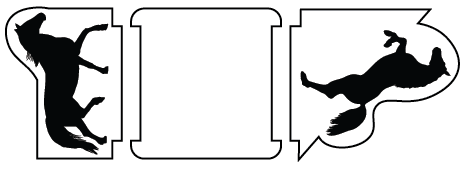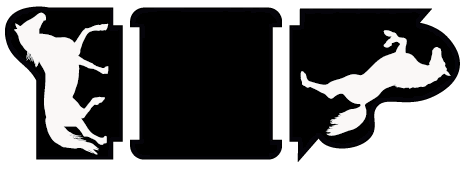Horseman's Chess is now available as a PnP, and I want to bring it to a full product with physical pieces... but there are a couple hang-ups.
First, staying with the PnP I'd need to sell about eighty units to recover the cost of the artwork. That doesn't seem like it's going to happen quickly while sitting on the second page of TGC's PnP section. Using the first version to finance the second looks... doubtful.
Second, I worked out how to build the game out of existing capabilities at The Game Crafter. The laser-cut acrylic pieces could make for very attractive pieces and mounts. But the set would retail for about $65, and I'm not sure there's be a lot of demand at that price. $12 of it is just to include a folding chessboard.
"Expansion" packs (an army in some color other than black or white) would be in the $25-$30 range depending on packaging.
Going straight to molded plastic pieces would get the unit cost down, but I'm not sure by how much or how much the initial investment would be for tooling and a production run.








Thanks, you did kind of answer my question in a back-of-the-envelope way.
If I make a physical game for sale on The Game Crafter, it would have an on-demand production cost of $57 to $60 dollars. People are willing to pay a small mark-up, but on the flip side the only setup cost is buying a prototype at the production cost (plus whatever I might pay for additional artwork).
The game as made by TGC doesn’t look much like how I’d imagine a mass-produced version to look. Laser-cut acrylic pieces make for interesting silhouettes for the pieces, but it doesn’t scale to mass-production. I imagine mass-production would involve injection-molded plastic (though thanks for telling me about resin).
The game’s bill of materials is:
8 black Pawns that taper down to a small square instead of a wide base.
8 white Pawns with similar bottoms
2 black Rooks with similar bottoms
2 white Rooks with similar bottoms
2 black Knights with similar bottoms
2 white Knights with similar bottoms
2 black Bishops with similar bottoms
2 white Bishops with similar bottoms
2 black Queens with similar bottoms (for convenience with promoting)
2 white Queens with similar bottoms (same idea)
1 black King with similar bottom
1 white King with similar bottom
8 black Jumper horse-shaped mounts that accept the pieces’ small square bottoms
8 white Jumper horse-shaped mounts that accept the pieces’ small square bottoms
8 black Charger horse-shaped mounts that accept the pieces’ small square bottoms
8 white Charger horse-shaped mounts that accept the pieces’ small square bottoms
8 black round bases that accept the pieces’ square bottoms
8 white round bases that accept the pieces’ square bottoms
1 chess board (almost certainly folding)
1 rulebook
1 box with any necessary inserts
Possibly some plastic baggies
That’s nine molds and 82 plastic figures per box. Or more likely, four multi-piece molds and eight frames for the player to separate. It needs high-enough quality that the parts will reliably fit together.
It’s never going to undercut a cheap chess set that retails for $9, but I was hoping at scale it might stay in a reasonable price range.